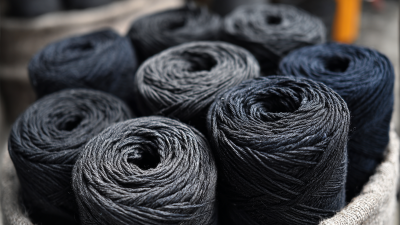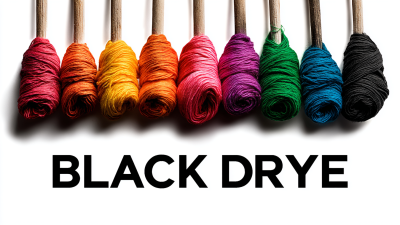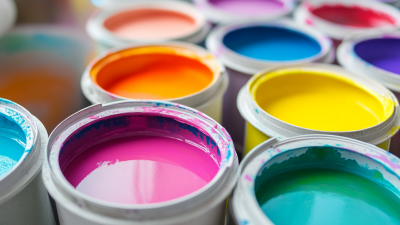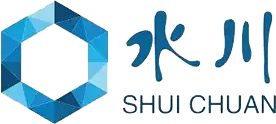Black dye has long been a pivotal element in various industries, from textiles to cosmetics, offering a rich and vibrant hue that has become synonymous with elegance and boldness. As we delve into the world of black dye, we will explore its diverse applications, ranging from the dyeing of fabrics to its use in food products and industrial applications.
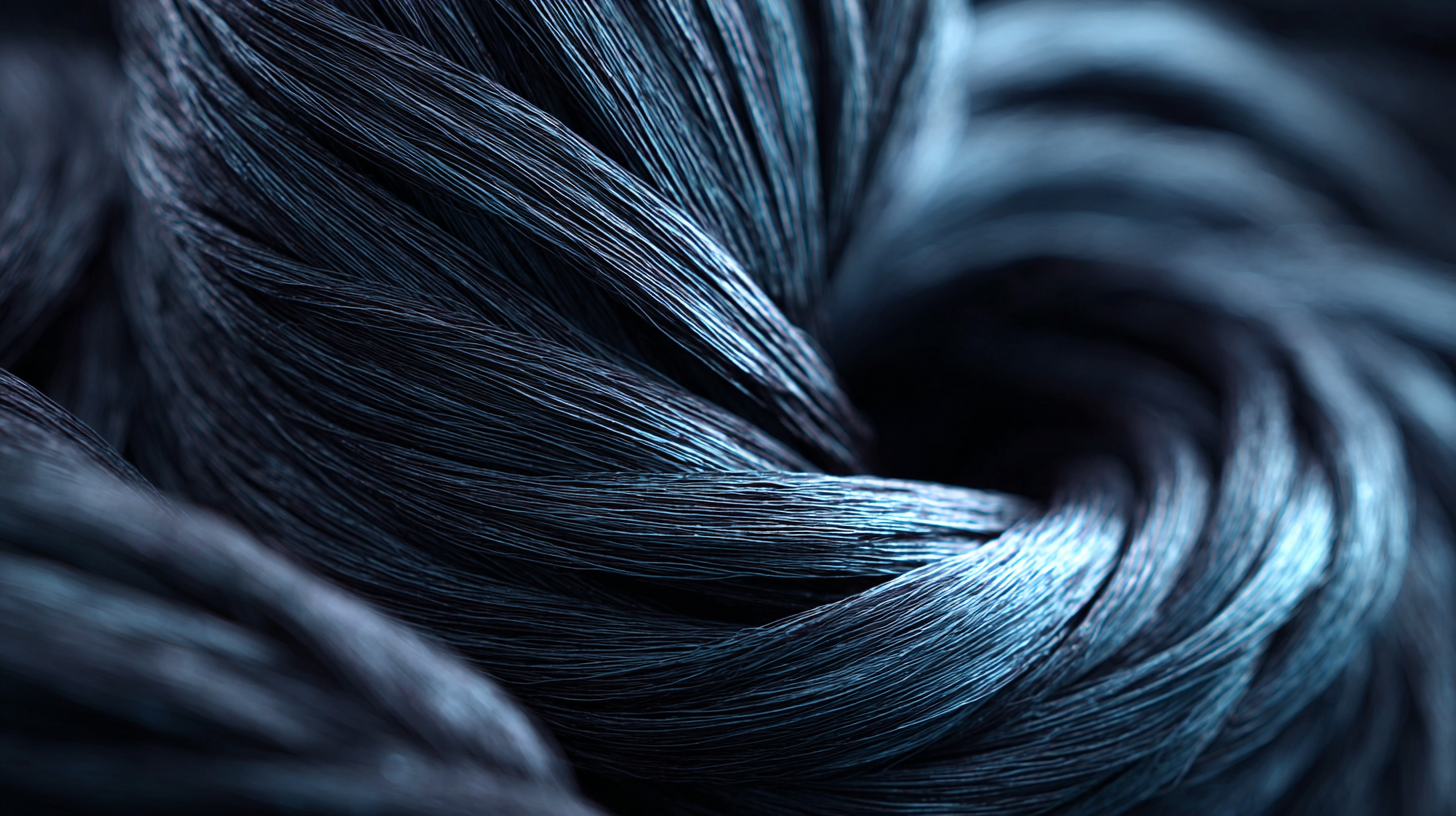 Additionally, this blog will provide insights into current market trends, examining how consumer preferences and sustainability demands shape the future of black dye production and usage. With a focus on innovative formulations and eco-friendly practices, we aim to highlight not only the significance of black dye in enhancing aesthetic appeal but also its crucial role in supporting sustainable development within the industry.
Join us as we uncover the multifaceted nature of black dye and its ongoing evolution in a rapidly changing market landscape.
Additionally, this blog will provide insights into current market trends, examining how consumer preferences and sustainability demands shape the future of black dye production and usage. With a focus on innovative formulations and eco-friendly practices, we aim to highlight not only the significance of black dye in enhancing aesthetic appeal but also its crucial role in supporting sustainable development within the industry.
Join us as we uncover the multifaceted nature of black dye and its ongoing evolution in a rapidly changing market landscape.
Black dye, a crucial component in various industries, is often derived from organic and inorganic sources. Understanding its chemical composition is essential to appreciate its versatility and application. For instance, carbon black, one of the most common types of black dye, is produced from the incomplete combustion of hydrocarbons. This fine black powder plays a significant role not only in textiles but also in plastics, inks, and paints, providing color and enhancing durability.
The properties of black dye, particularly its lightfastness and tinting strength, make it highly sought after. Products containing black dye exhibit resistance to fading, which is a desirable quality in many applications. Furthermore, as industries push towards sustainability, there is a growing trend in developing eco-friendly alternatives to traditional black dyes. This shift aligns well with other societal movements, reflecting a broader commitment to responsible manufacturing practices and heightened consumer awareness about environmental impacts. As research continues to innovate in this field, the black dye market is poised for notable transformations in both production techniques and applications.
| Application Area | Chemical Composition | Common Uses | Market Trend | Growth Rate (2023-2028) |
|---|---|---|---|---|
| Textiles | Carbon Black, Pigments | Dyeing fabrics, producing black clothing | Increasing demand for sustainable dyes | 4.5% |
| Paints & Coatings | Black Iron Oxide, Carbon Black | Protective coatings, architectural paints | Shift towards eco-friendly formulations | 3.8% |
| Plastics | Carbon Black, Colorant Additives | Black plastic products, automotive components | Rising use in automotive and electronics | 5.1% |
| Cosmetics | Activated Charcoal, Black Dyes | Eyeliners, mascaras, skincare products | Trend toward natural ingredients | 6.2% |
| Food Industry | Natural Black Coloring Agents | Food coloring, dietary supplements | Growing interest in natural colors | 3.5% |
Black dye has a wide range of applications across various industries, making it a significant product in the market. In the fashion and textile industry, black dye is essential for producing classic and versatile garments. It provides a rich, deep hue that is favored for everything from casual wear to high-end fashion. The ability of black dye to mask imperfections and stains also makes it a popular choice among manufacturers aiming for longevity in their fabrics.
Beyond textiles, black dye is extensively used in the automotive sector. It's commonly applied in vehicle interiors and exteriors to convey sophistication and elegance. The automotive industry values black dye not only for its aesthetic qualities but also for its ability to withstand the harsh conditions faced by vehicles on the road. Additionally, the art and craft sectors leverage black dye in various mediums, including painting and pottery, where it serves as a foundational color that can enhance the visual appeal of artworks. As trends evolve, the demand for black dye continues to grow, driven by its versatility and timeless appeal across these diverse applications.
This chart illustrates the percentage distribution of black dye applications across different industries, highlighting its significance in textiles, plastics, food & beverage, cosmetics, and inks.
The global black dye market is witnessing significant growth, driven by diverse applications across various industries. As trends indicate, the increasing popularity of black dyes in the hair care and textile sectors is contributing to this expansion. The hair color market alone is projected to grow from USD 28.33 billion in 2025 to USD 43.47 billion by 2033, highlighting consumers' desire for high-quality and vibrant color options.
Tips for consumers looking to choose the right black dye include understanding the formulation of the product. Opt for dyes that utilize natural ingredients whenever possible to minimize potential damage to hair. Additionally, consider the longevity of the color; some formulations offer longer-lasting results compared to others, making them a better investment for those seeking a durable look.
In the textile industry, innovations such as waterless dyeing technologies are not only reducing environmental impact but also enhancing customization options. As the textile dyes market is expected to hit USD 17.48 billion by 2032, businesses should stay informed about emerging trends and technologies. For optimal results, explore dye options that align with sustainability goals while also meeting aesthetic needs.
When exploring the world of black dyes, it is crucial to differentiate between natural and synthetic options, as each type brings unique characteristics and benefits to various applications. Natural black dyes, often derived from plants, minerals, or insects, are celebrated for their eco-friendly properties and cultural significance. For instance, indigo and logwood are popular sources that produce distinct shades of black while being biodegradable. This appeal to sustainability resonates with consumers who are increasingly conscious of environmental impact, thus driving demand for natural dyes in textiles, cosmetics, and food industries.
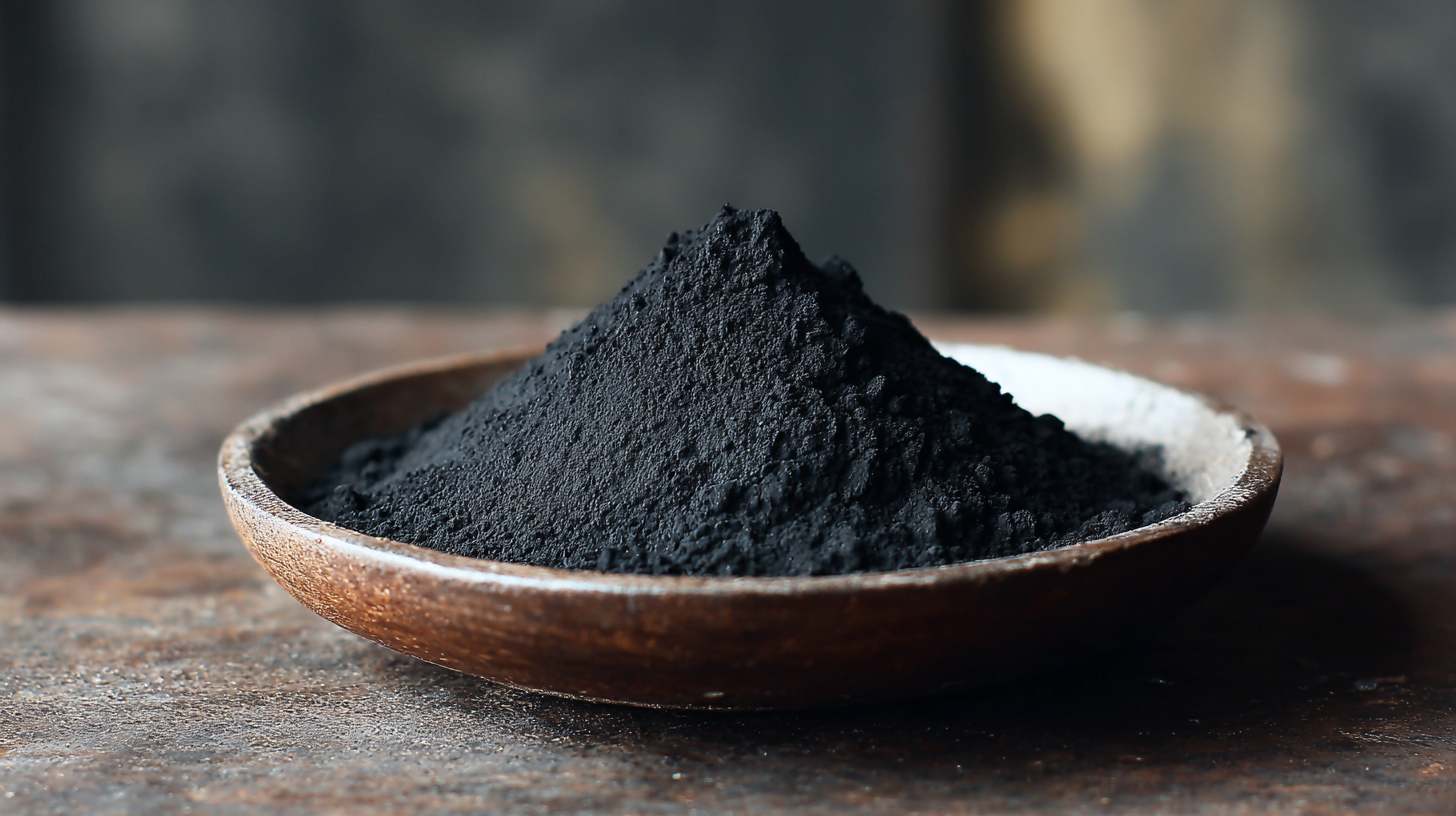
Conversely, synthetic black dyes, such as carbon black or certain azo dyes, dominate the market due to their consistent quality, affordability, and wide availability. Synthetic dyes often offer greater colorfastness and intensity compared to their natural counterparts, making them preferable for industrial applications where durability is essential. However, concerns regarding the environmental and health impacts of synthetic dyes are prompting a shift in consumer preferences. As brands strive for transparency, the comparative analysis of natural versus synthetic black dyes highlights a growing trend towards sustainability, pushing manufacturers to invest in research and development to create safer, eco-friendlier synthetic options or enhance natural dye processes.
The production of black dye has evolved significantly, facing the dual challenge of meeting industry demand while also addressing sustainability issues. According to a recent report by MarketsandMarkets, the global natural dyes market is expected to grow from USD 3.5 billion in 2022 to USD 6.2 billion by 2027, highlighting a shift towards sustainable dye solutions. However, traditional black dye production methods often rely on synthetic processes that can be harmful to both the environment and human health, reiterating the need for innovations in sustainable practices.
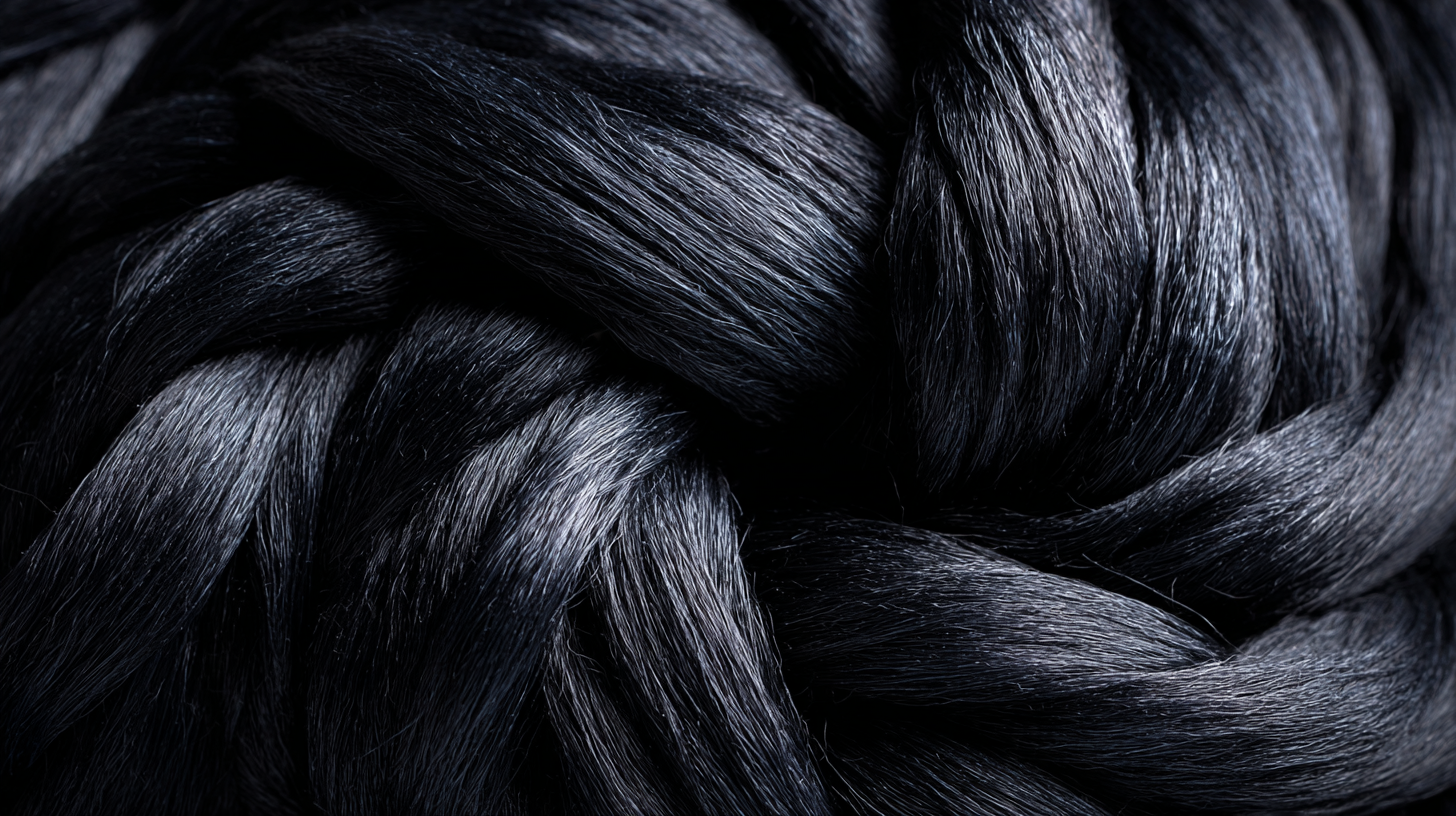
One innovative approach gaining traction is the use of bio-based black dyes, which are derived from natural sources such as plants and insects. This not only reduces dependency on petrochemical-derived dyes but also minimizes the overall carbon footprint associated with production. As reported by the Fiber and Textile Research Journal, companies utilizing natural dyes have reported a significant reduction in water pollution—up to 70% less compared to conventional dyeing processes. Moreover, advances in enzymatic dyeing techniques have shown potential in decreasing water and energy consumption, further contributing to sustainable practices in the industry. The ongoing challenge lies in scaling these innovations to meet growing textile demands without compromising quality or environmental integrity.



